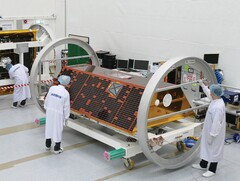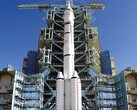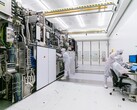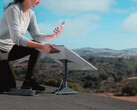Researchers from Los Alamos National Laboratory and the U.S. Air Force Academy developed a small, low-resource gadget called the "Spacecraft Speedometer." It's designed to track how fast satellites travel around Earth—and maybe other planets. This new invention, which is currently awaiting a patent, uses twin laminated plasma spectrometers to deliver crucial, real-time velocity readings on the spacecraft.
"The Spacecraft Speedometer has the potential to provide critical on-board and real-time spacecraft velocity measurements," said Carlos Maldonado, who heads the project at Los Alamos' Space Science and Applications group. "These measurements are necessary for improving our ability to accurately predict satellite locations to perform maneuvers to avoid other active satellites and debris."
At the moment, satellite position and speed typically rely on either ground-based radar or built-in GPS receivers. However, both of those methods have limitations. Ground stations can only keep tabs on satellites when they pass overhead—maybe once every few hours or even days. GPS can also get compromised by solar storms, which is exactly when you need accurate satellite positioning to keep space traffic under control.
The Spacecraft Speedometer addresses these limitations by providing continuous velocity data even during GPS failures or ground station unavailability. The device functions similarly to a car driving through heavy rain, where more raindrops slam the front windshield than the rear. The spacecraft passes through charged particles (ions and electrons) in Earth's upper atmosphere, with more atmospheric ions hitting the front-facing sensor (ram measurement) than the rear-facing sensor (wake measurement).
With mega-constellations becoming more common in low-Earth orbit, this cutting-edge device marks a big leap toward autonomous space traffic management, helping to ensure the long-term sustainability of orbital operations.
Source(s)
Los Alamos National Laboratory (in English)















